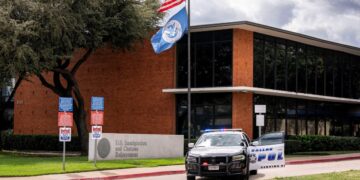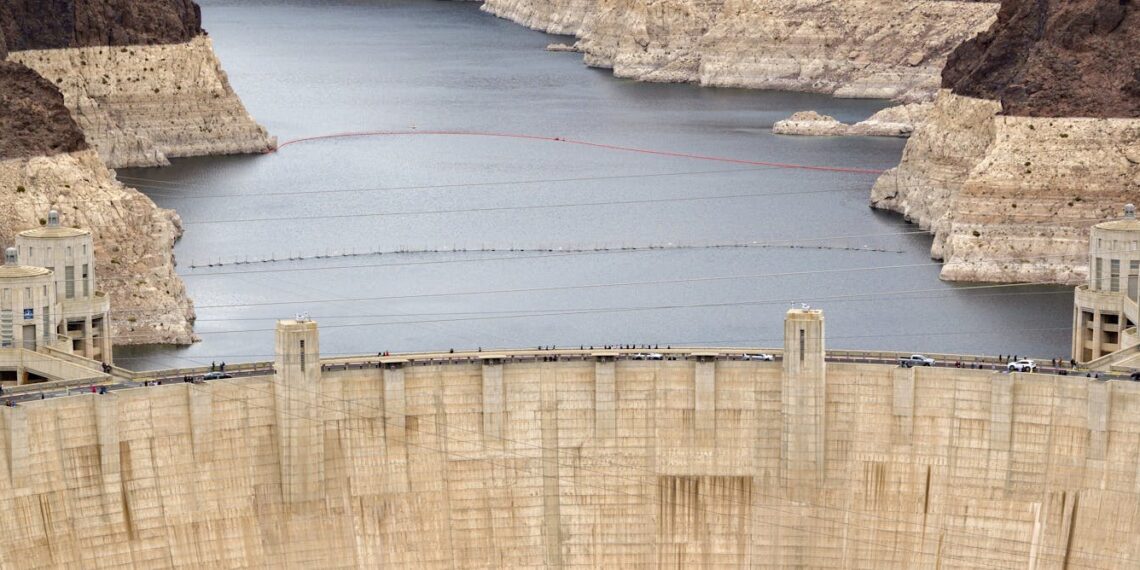Login to Continue Learning
In Dallas, a sniper’s attack on September 24 killed one detainee and injured two others at an ICE field office. This tragic event was part of a series of violent incidents that have raised serious security concerns for ICE agents, attorneys, judges, and migrants alike.
Across the country, raucous protests at ICE facilities, aggressive tactics by masked agents in the field, and heated political rhetoric have made what used to be quiet immigration enforcement work into a dangerous new backdrop. In response to these threats, Homeland Security announced plans to enhance security at ICE facilities nationwide.
The Dallas field office, where the shooting occurred, is a two-story building with fences topped with razor wire behind it. It serves as both an immigration processing center and a courthouse for detained migrants. The shooter, Joshua Jahn, left messages indicating his intent to target ICE agents rather than the detainees.
Historically, security at ICE facilities focused on protecting law enforcement and detainees from internal threats like detainee aggression or gang violence. However, this attack highlights the need to consider external threats as well. Immigration attorney Vinesh Patel expressed concern that if people are targeting ICE, they could also target immigration judges and migrants themselves.
In light of these unprecedented acts of violence against ICE officers, including bomb threats, cars being used as weapons, and doxing of officers’ families online, the Department of Homeland Security is increasing security measures at all ICE facilities across the country. The shooting in Dallas was motivated by hatred for ICE, according to DHS Assistant Secretary Tricia McLaughlin.
The reality is that safety now must be a priority for everyone involved in the U.S. immigration system, not just law enforcement agents and detainees.



















